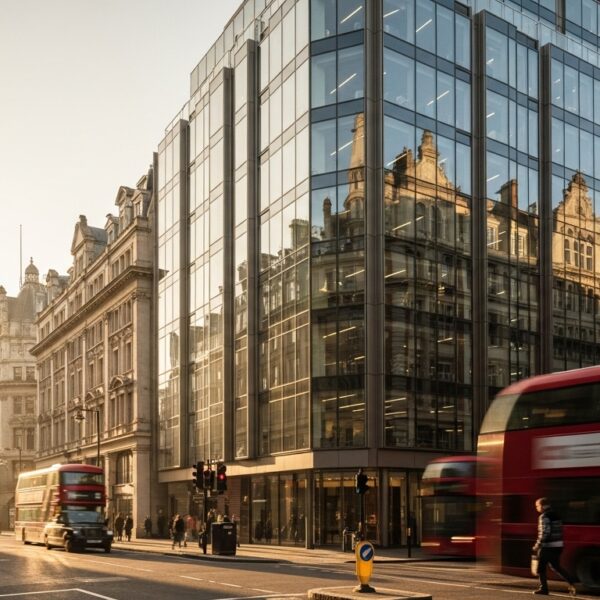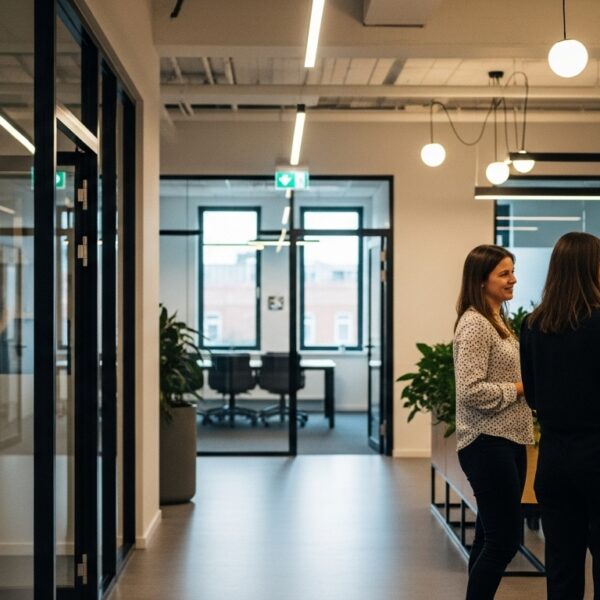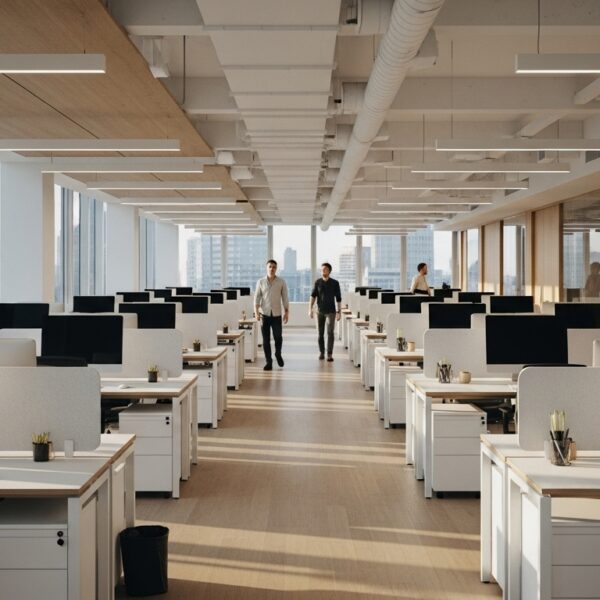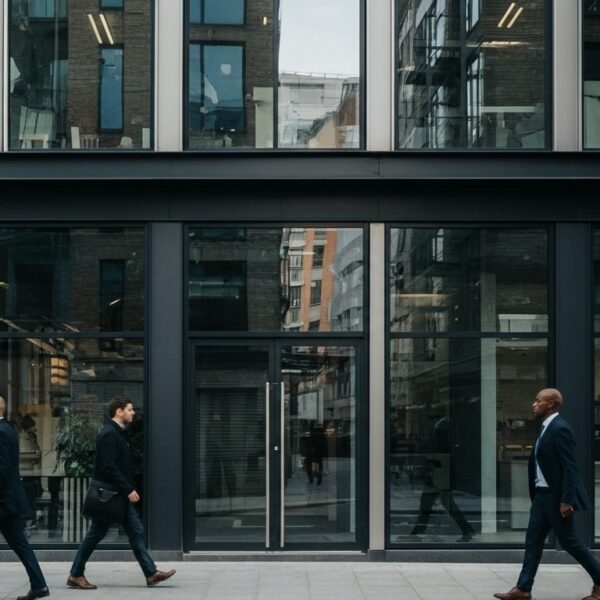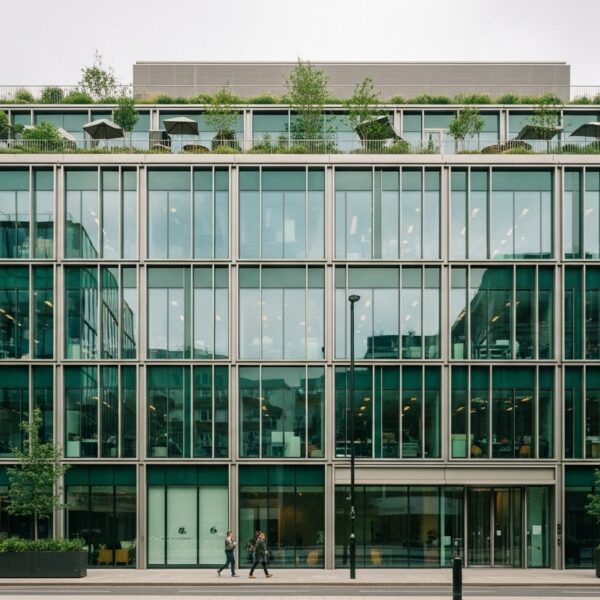Keeping talented employees is not simply about higher pay or extra perks. The real driver is culture, and culture is shaped the moment someone steps into an office workspace. As hybrid models shift and return-to-office policies tighten, the physical workspace has become the frontline of retention.
Companies that overlook this reality risk losing people before they ever resign. Your office and place of work is key. Great talent thrives in great workspaces.
Why is culture now the real retention challenge?
Research consistently shows that company culture and engagement outweigh compensation in driving turnover.
Paycor reports that 37% of employees leave a job because of poor engagement and culture, compared with smaller shares who leave due to pay or benefits. Only 25% would recommend their workplace to others. These numbers reveal a deeper truth: the office experience itself directly influences whether people feel proud to stay or eager to go.
Hybrid work has amplified this challenge in the AI era. While companies are ramping up in-person requirements to rebuild connection and trust, attendance still lags behind pre-pandemic levels. Mandates to work more than 1-2 days a week in the office alone do not bring people back – intentional workspace design and amazing culture that goes with it, does. An office that feels rigid or uninspiring siply pushes people away, while a space that promotes collaboration, wellbeing, and flexibility motivates employees to attend and stay long term. It’s an incredible investment.
Does office workspace make culture visible and make staff want to come in?
Absolutely. An office is more than a location – it is the physical expression of company values and an extension of its brand. Layouts, materials, and amenities signal to employees what the organisation prioritises. A space designed for openness and collaboration communicates trust and transparency. A workplace built for flexibility and wellbeing shows investment in people rather than infrastructure.
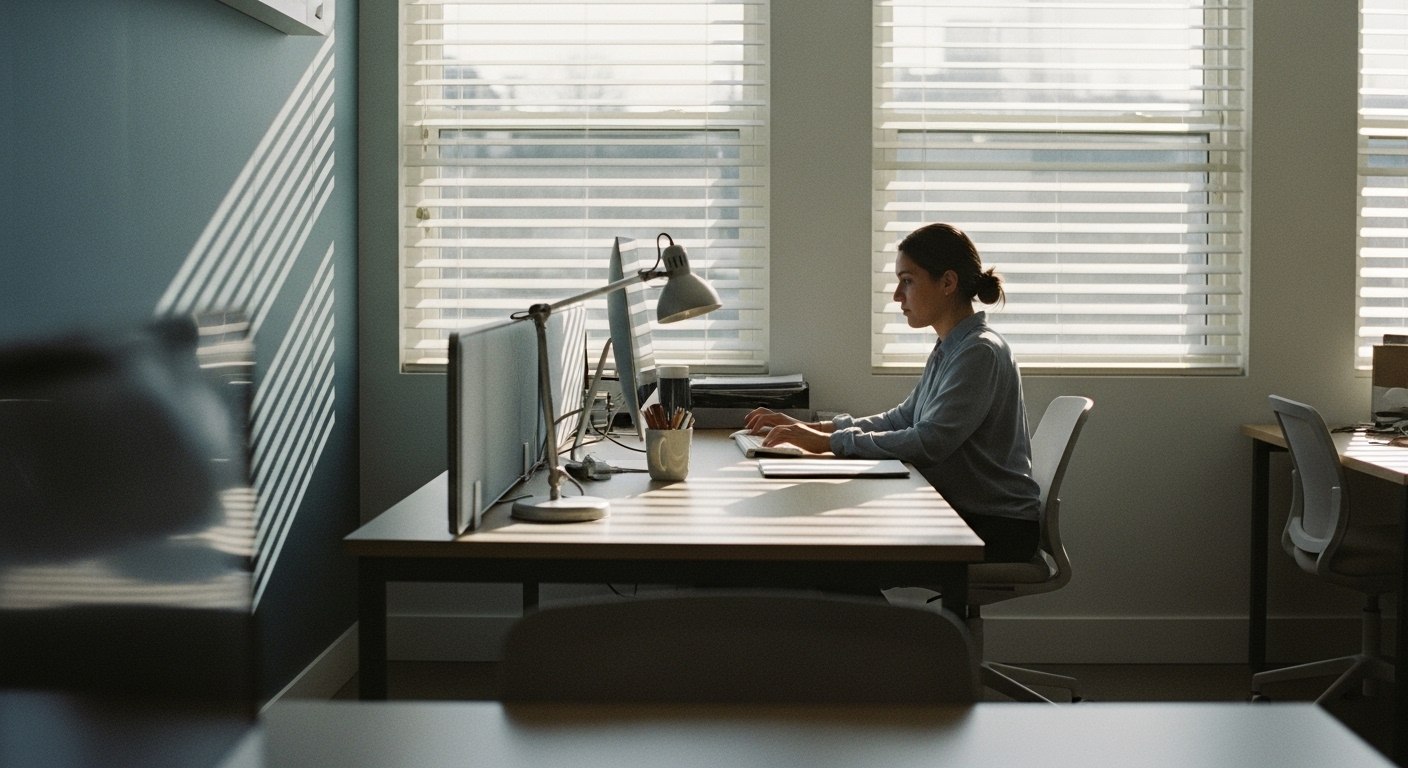
Culture is not built through posters on the wall but through how space is experienced every day. Moving beyond outdated metrics like desk counts, more organisations now design environments that support different modes of working. Focus zones reduce distraction, breakout areas encourage informal problem solving, and flexible workpoints cater to individual preferences.
These elements signal to employees that the organisation understands how they actually work, instead of imposing assumptions. When physical space reflects culture in action, employees feel supported and valued. That sense of alignment turns the office into a strategic retention tool instead of a cost centre.
Companies that invest in designing purposeful spaces are already reporting higher productivity and stronger culture scores.
What separates intention from execution in workspace strategy?
Many businesses declare their offices will drive culture but fall into the trap of mandates without experience improvements. Attendance still lags behind pre-pandemic levels despite stricter return policies, making it clear that people only come back consistently when the environment offers genuine value.
A purposeful workspace acknowledges that different tasks require different settings. Collaboration thrives in spaces with easy access and adaptability, with great nearby amenities, while deep work requires quiet zones alongside all of this. Breakout areas support unplanned exchanges. Meeting rooms must be reliable and functional, and technology should support seamless hybrid participation instead of frustrating it. It’s a heady brew, but one you have to get right for office space culture to thrive.

When the office helps rather than hinders, both engagement and performance improve. Key elements that define effective execution include:
- Layouts that adapt to both focus and collaboration
- Break (and breakout) rooms and social spaces that encourage informal connection
- Meeting areas designed for usability and reliability, and this can include tiny ‘Zoom rooms’ or booths
- Technology that enables hybrid inclusivity
- Flexible lease options that evolve alongside business needs
Companies designing flexible, purpose-driven offices see higher productivity scores compared with those relying on rigid setups. In fact, 59% of firms expanding their footprint now prefer flexible spaces to traditional leases, reflecting a broader shift from office as fixed cost to office as cultural engine.
Execution ultimately determines whether workspace strategy supports retention and performance, reinforcing that office choice should be seen as a competitive investment rather than an operational afterthought.
Turning culture into office space that works
The challenge is clear: companies want to retain talent by improving culture, but too often their offices send the wrong signals. Mandates without meaningful design fall flat, while generic workplaces erode engagement. This is where ADAPT steps in – bridging the gap between cultural intention and workspace execution. We tailor options by exploring the market properly. and find spaces that work for every business. These are often off-market, managed, or incredible flexi gems. It can vary.
ADAPT helps businesses translate values into environments employees actually want to use. From quieter focus areas to collaboration-ready breakout zones, we curate office options that support diverse work styles. Because leases and layouts are not just operational choices – they are cultural investments.
Our approach means clients avoid wasting money on rigid setups or settling for uninspiring environments. Instead, they secure flexible spaces that evolve with team size, budget, and goals. Over two decades, ADAPT has seen consistently that when a workspace reflects culture, employees feel connected and stay longer.
That credibility comes not just from 20+ years of market knowledge among the founding team, but from delivering offices that actively fuel retention and growth.
You can’t force company culture into existence – it has to be lived every day, and your office is a huge part of this. The right office space makes that possible by turning values into experiences your team genuinely care about. Staff love hybrid, and they love AI, and they can also love your office too.
Chris Meredith, ADAPT CEO & Founder
What can you do to get ahead of office-space driven retention?
If you are facing higher turnover risk, struggling with attendance, or tied to a lengthy lease in a poor office that does not reflect how your people actually work – it is time to rethink your space, right now. An intentional office does not just housing your team; it actively shapes how they feel about staying at the company.
If your current office no longer reflects how your people work, it is time for a change. ADAPT helps you create spaces that connect purpose with performance. From quiet focus zones to collaboration-ready layouts, we make culture something employees can see and feel. That is the ADAPT difference.

